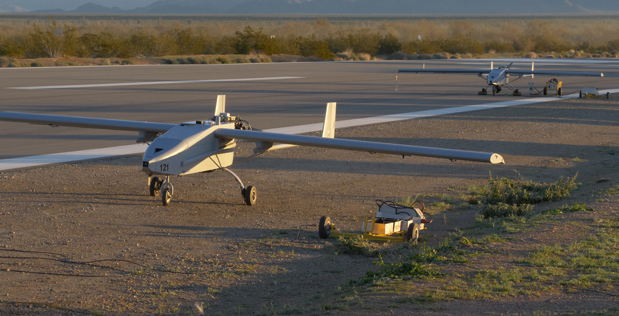
The Defense Advanced Research Project Agency’s (DARPA) Collaborative Operations in Denied Environment (CODE) system successfully completed a mission objectives test in February.
The test included unmanned aerial vehicles equipped with CODE, which allow teams of systems to autonomously share information and to adapt and respond to different targets or threats.
“Exactly how the aircraft continue to work together in degraded conditions is the most challenging aspect of this program,” Scott Wierzbanowski, DARPA program manager for CODE in the Tactical Technology Office, said. “Current procedures require at least one operator per UAV in the field. Equipped with CODE, one operator can command multiple aircraft; and in a denied environment, the aircraft continue toward mission objectives, collaborating and adapting for deficiencies.”
DARPA is working with Naval Air Systems Command and the Air Force Research Laboratory to avoid replicating work and stay informed of successes and challenges, Wierzbanowski said.
During February’s test, six RQ-23 Tigersharks drones fitted with an array of sensors were surrogate assets for CODE.
The Tigersharks have one-tenth the speed and performance of the aircraft DARPA plans for CODE integration.
CODE software can be moved from platform to platform, J.C. Ledé, Air Force Research Laboratory technical adviser for autonomy, said.




